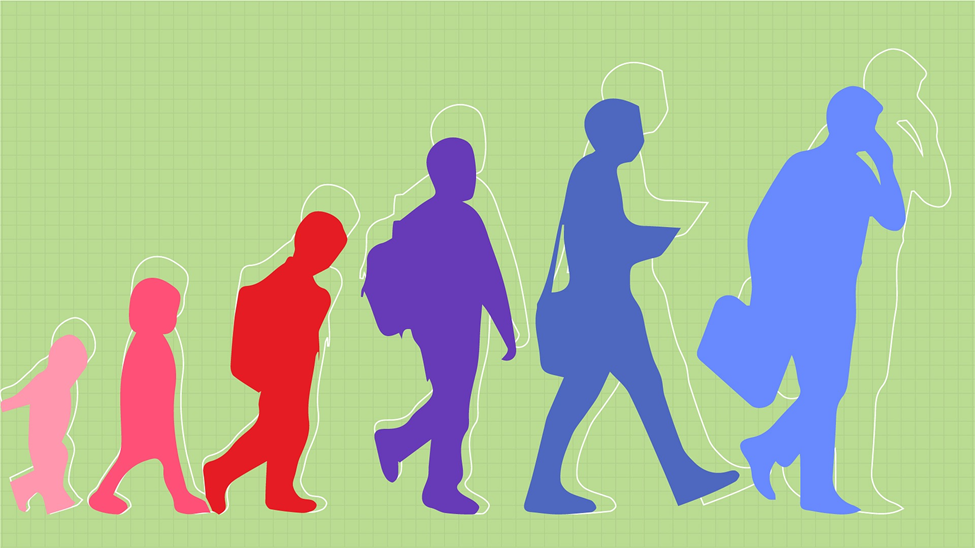
Life is typically divided into various stages, each characterised by different physical, emotional, and social changes. While these stages can vary somewhat from one person to another, they generally include:
- Infancy: This stage encompasses the first few years of life, from birth to around age two. Infants depend entirely on caregivers for their needs and development. This is a period of rapid physical and sensory development.
- Early Childhood: Early childhood includes the preschool years, roughly from ages two to six. During this stage, children begin to develop basic motor skills, language, and social abilities. Play and exploration are significant aspects of this stage.
- Middle Childhood: This stage extends from ages six to twelve and often includes elementary school years. Cognitive and social development continue, and children start to gain more independence and develop their self-identity.
- Adolescence: Adolescence typically spans from ages twelve to eighteen. This is a period of significant physical, emotional, and social changes. Adolescents undergo puberty, start to form their own identities, and become more independent from their families.
- Young Adulthood: Young adulthood encompasses the late teens to the mid-30s. Individuals in this stage are typically exploring career paths, relationships, and personal goals. It’s a time of self-discovery and decision-making.
- Middle Adulthood: Middle adulthood generally spans from the mid-30s to the mid-60s. During this stage, people tend to focus on career advancement, family life, and personal growth. They may also experience physical changes and midlife crises.
- Late Adulthood: Late adulthood, often considered from the mid-60s onward, involves issues related to aging, retirement, and potentially health concerns. This stage can include post-retirement activities, reflection on life, and facing the challenges of aging.
- End of Life: The final stage of life, which typically includes the last years or months, is marked by physical decline and, eventually, death. It’s a period of reflection and, for some, addressing end-of-life decisions.
It’s important to note that these stages are general guidelines and may not apply to everyone. Some individuals may experience stages differently, and life is not always linear. People can also face unique challenges and opportunities at any point in their lives. Additionally, cultural, societal, and individual factors can influence the progression through these stages.
